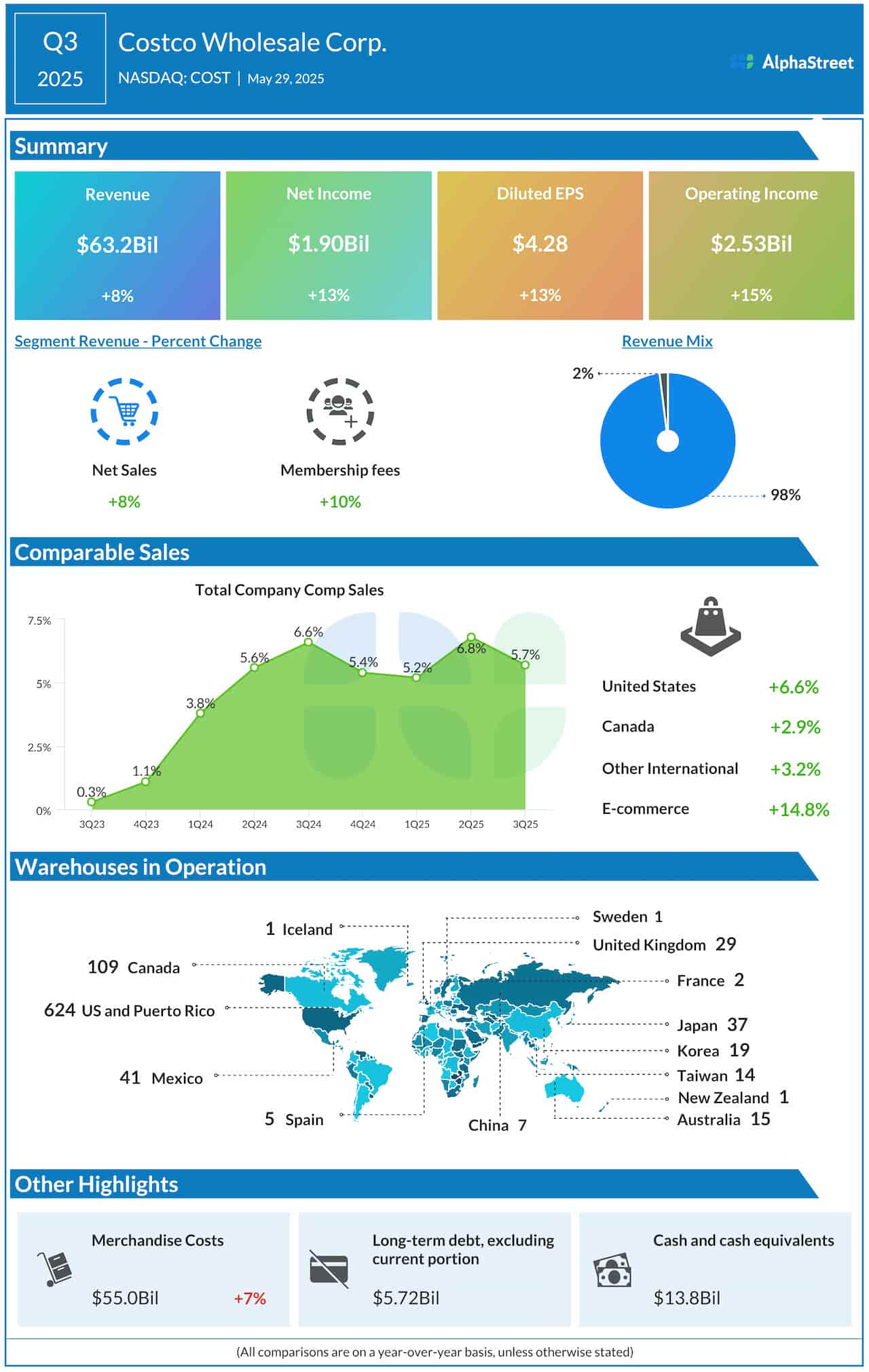Earlier this month we dissected the ongoing battle between investor activist Carl Icahn and the second-biggest holding in our Nanalyze Disruptive Tech Portfolio – Illumina (ILMN). The latest round just came to an end on May 25 when shareholders approved one of Icahn’s three hand-picked nominees for the gene-sequencing company’s board of directors, ousting the chairman in the process. How this will help right the ship after a series of disastrous decisions by Illumina management, which has caused the company to shed some $50 billion in value since August 2021 when it announced plans to acquire the liquid biopsy company GRAIL, remains to be seen. The best-case scenario is that Illumina drops its pursuit of ill-advised acquisitions and focuses on maintaining its market leadership in gene-sequencing technology. Because Icahn isn’t the only barbarian banging at Illumina’s gates.
Taking the Lead on Long-Read Sequencing

One company that’s emerged as a potential threat is Pacific Biosciences (PACB), a Silicon Valley developer of gene-sequencing systems. PacBio and Oxford Nanopore are considered the leaders in long-read sequencing technology, which can “read” much longer DNA fragments than traditional short-read sequencing methods powered by Illumina. Short-read sequencing has been the gold standard in terms of accuracy but is not able to detect complex genetic variations that could lead to breakthroughs in areas like identifying genetic diseases. Long-read sequencing has come a long way in just a few years in terms of precision. To wit: Technology from both PacBio and Oxford Nanopore were instrumental in deciphering the first complete human genome 20 years after scientists originally sequenced our genetic blueprint.

Last year, we did a deep dive into long-read sequencing stocks. It’s largely been a two-way race between Pacific Biosciences and Oxford Nanopore, though Illumina recently introduced its own riff on long-read sequencing that has yet to be fully vetted by the experts. We eventually decided to add Oxford Nanopore stock to our portfolio to get direct exposure to long-read sequencing. At the time when we made our decision, Pacific Biosciences stock was extremely overpriced and revenue growth was inconsistent. Our last check-in with Oxford Nanopore stock earlier this year made us feel pretty good about that choice, as it showed strong revenue growth even with the Rona gravy train grinding to a stop. On the other hand, we’re not quite ready to quit PacBio. Let’s see where things stand with this long-read sequencing stock.
The Redux on PacBio Revenue Growth
Full disclosure: In our last update in April 2022 on Pacific Biosciences stock, we expressed some amount of buyer’s remorse around Oxford Nanopore. The hype around PacBio had finally died down and its 2021 revenue showed a strong growth trajectory. Our lamentation:
Were we to make the same decision today, Pacific Biosciences would be more appealing because of their lower valuation, their attempted acquisition by Illumina (a big vote of confidence in their technology), and their offering of both short-read and long-read technology.
Nanalyze
What a difference a year makes: PacBio revenues dropped 2% last year, while gross margins declined from about 45% to about 38% between 2021 and 2022. While revenue rebounded in Q1-2023 by 17% compared to the prior year period, gross margin dropped to a measly 25% in Q1-2023 compared to 43% in Q1-2022.

In addition, the company once again sold shares of its common stock to raise another $201 million, bringing its warchest to nearly $900 million as it prepares for its golden age of growth and profitability (this is offset by nearly $900 million in long-term debt in the form of convertible notes). How have investors reacted to all of this? By driving the share price up more than 50% since the beginning of the year. Once again, investors in Pacific Biosciences stock are betting on the promise of future growth. Will it be different this time?
The Long and Short of PacBio’s New Sequencers
For PacBio management, the answer is pretty obvious: It has the superior long-read sequencing technology and it’s only a matter of time before it becomes the gold standard. For MBAs who don’t know a nanopore from a clogged pore, we have to approach our analysis from a different angle. Let’s start with the stalled revenue growth.
The disappointing revenue story is partly by design, according to management, as the company began rolling out its next-generation long-read sequencer Revio and phasing out its line of Sequel II and Sequel IIe systems. Sales of these instruments dropped as orders for Revio ramped up, with at least 76 of the latter machines scheduled for delivery in 2023. The transition from Sequel II/IIe to the Revio also affected gross margin due to a glut of the old machines and increases in overall product costs. Basically, customers were waiting for the shiny new version of PacBio’s $779,000 long-read sequencer after the company announced its availability in Q4-2022. In addition, PacBio is introducing its new short-read sequencer, Onso, which retails at a “competitive” list price of $259,000 with a $1,995 consumables kit.

While Onso is still technically in Beta testing, Revio is commercially available now. The Broad Institute, a leading research center, ordered 10 Revio systems. Those 10 machines have the equivalent sequencing power of 150 Sequel IIes. Not that scientists need to run the machine at full power as shown above to support many research projects. Revio at just a third of the coverage can sequence 12 human genomes in 24 hours, or almost 4,000 genomes per year at a list price of just $330 per genome including methylation, a chemical process that can alter gene expression and is an important biomarker for cancer. In contrast, Illumina is offering whole genome sequencing with its new synthetic long-sequencing technology on existing machines starting at $1,350 a pop – and that’s the promo price.
Is Bigger Necessarily Better?
Few experts have questioned PacBio’s technical expertise. Its ability to consistently grow revenues, however, is another thing entirely. For one, there are the usual macroeconomic headwinds. How eager are customers to make a capital expenditure of this magnitude? How many of them will trade in the old model for the new? The Sequel IIe base model, which was released in October 2020, cost $525,000. While Revio offers an order of magnitude in sequencing power, it’s also more expensive, though the drop in price per genome would presumably offset the higher price tag over time. Still, this isn’t like upgrading your smartphone after a couple of years.

Speaking of price: Rival Oxford Nanopore offers long-read sequencing instruments beginning for as little as $1,000 for applications that require cheap, mobile solutions. Shrinking hardware and beefing up the software is where many other industries are going. That’s why companies like Butterfly Network (BFLY), which has developed a handheld ultrasound powered by AI algorithms, have been so disruptive. Similarly, Oxford Nanopore’s technology relies on basecalling algorithms to sequence DNA and RNA in real-time by decoding electrical signals that result from when a single strand of genetic material passes through extremely tiny pores (nanopores) in a membrane. Meanwhile, PacBio is working with Google on AI tools to unlock more insights from sequencing data but not necessarily relying on the software to do the heavy lifting.
Can PacBio Reach $500 Million by 2026?
Time will tell which approach will win over more customers. PacBio management believes the new Revio offers such unmatched capability, scale, and affordability that it predicts revenue will reach a compound annual growth rate (CAGR) of 40% to 50% through 2026, with the goal to hit $500 million in revenue by then. The CAGR range is mainly based on how quickly consumables revenue transitions between legacy instruments and the new Revio. The company is guiding toward 2023 revenue of between $165 million and $180 million in revenue, which represents growth from 29% to 40%.
Based on PacBio’s self-reported total addressable market (TAM), there is certainly plenty of revenue runway between now and 2026:

PacBio’s revenue by business segment roughly breaks down like this:
- Human genomics – 40%
- Plant and animal genomics – 20%
- Microbial/infectious disease – 20%
- Oncology (liquid biopsy) – 10%
- Other (gene editing/gene therapy) – 5%
Management believes its short-read sequencer Onso is especially well positioned to capture market share in the cancer liquid biopsy market, which would put it in direct competition with GRAIL.

One caveat is that PacBio machines are currently authorized by the FDA for research only, meaning diagnostics will remain an untapped market for the company for now. It’s unclear if the above numbers refer only to the gene-sequencing R&D market or the overall gene-sequencing market. Exact Sciences (EXAS), which has made a pile of money by detecting cancer in poo, is expanding into the liquid biopsy market. It projects that the cancer screening, detecting, and monitoring market is close to $60 billion alone.

So, is $500 million by 2026 feasible? Sure. Is it likely? That’s impossible to say, because it’s hard to predict these types of hardware sales. Last year, consumables accounted for about 55% of roughly $109 million in product sales. Let’s do some quick back-of-the-napkin math using the above chart and past performance as a guide. Currently, about 15% of PacBio revenue is related to services and other revenue. If we carry that over to 2026, that’s $75 million in non-product revenue and $425 million in instruments and consumables. Let’s be generous and assume consumables can reach 60% of revenues. That means PacBio needs to sell about $170 million in Revio and Onso systems by 2026. Assuming an 80/20 split between Revio/Onso (just eyeballing the pie chart at this point), PacBio would need to sell about 175 long-read sequencing instruments annually at the $779K base price. That’s definitely the glass-spilling-over scenario.
Is it Time to Buy Pacific Biosciences Stock?
We’re not going to answer this question for you. If you believe that Pacific Biosciences stock offers the best exposure to long-read sequencing technology (not an unreasonable assumption) and that’s where the industry is headed long term, then go for it.

But keep a few things in mind. Another pandemic or other economic crisis could easily disrail the best laid plans. Short of that, these instruments seem more like a luxury than a necessity. In other words, does every R&D lab in the world need a Cadillac when a Toyota Corolla can get you down the same road (with help from a few AI algorithms)? PacBio has already delivered more than 500 Sequel II and Sequel IIe instruments, and it is still selling excess inventory. Presumably, the company will continue to support these systems for the foreseeable future, which could disincentivize adoption by existing customers unless the ROI on consumables is just that good.
Even if none of that persuades you, we still believe that Pacific Biosciences stock is overvalued based on our simple valuation ratio, which divides current market cap ($3.11 billion) by annualized revenues using the most recent quarter ($38.9 million in Q1-2023 X 4 = $155.6 million). That gives us a simple valuation ratio of 20, which is our cut off. An investment today represents a bet on future growth that is still based on a pipedream rather than a pipeline of reliable revenue.
Conclusion
We plan to keep Pacific Biosciences stock on our radar given they compete with two of our holdings. We feel pretty good about our investment in Oxford Nanopore, particularly given the vastly lower capex costs. The approach epitomizes one of the basic tenets of tech investing by prioritizing software over hardware – the old “software is eating the world” platitude. Why should gene sequencing be any different?
Tech investing is extremely risky. Minimize your risk with our stock research, investment tools, and portfolios, and find out which tech stocks you should avoid. Become a Nanalyze Premium member and find out today!

















